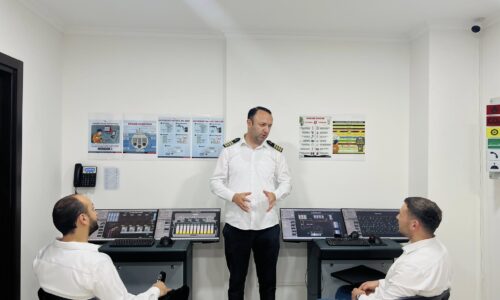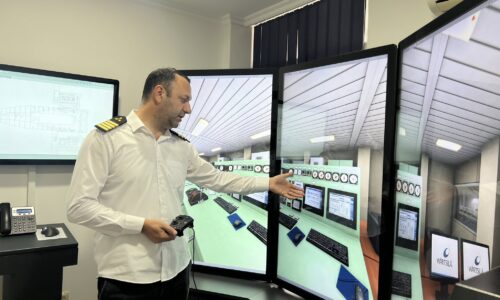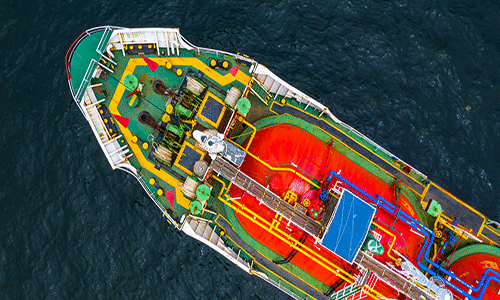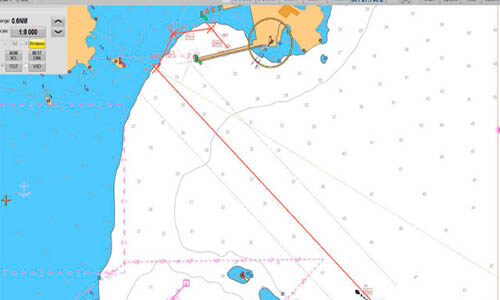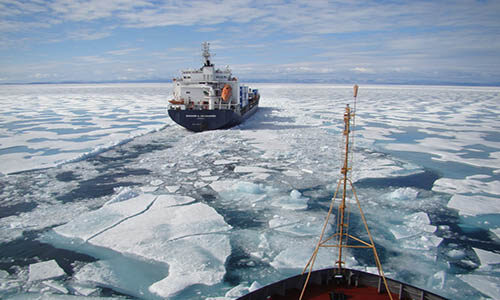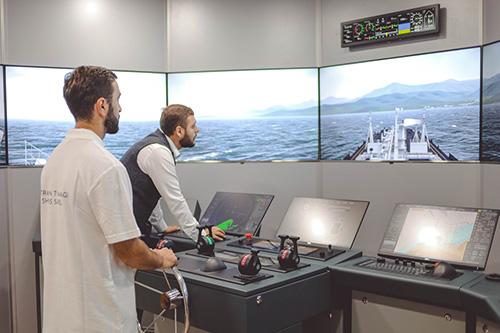
After successfully passing the training program, the trainee should:
- have awareness of efficient bridge procedures and bridge teamwork during watchkeeping;
- be aware of ship-handling in normal and in emergency situations;
- be able to handle a ship primarily in difficult weather conditions;
- be able to handle a ship operating in rivers, sailing in confined waters, taking into account tide, wind and shallow water under keel influence on the vessel;
- know interaction between moving vessels, as well as own ship interaction with coasts (bank effect);
- be able to perform mooring and unmooring with or without tug assistance in wind, current or tidal conditions, in ports and on high seas;
- understand the interaction between ships and tugs;
- be able to use thrusters;
- know how to make decisions about the use of anchors for ship handling, place of anchorage and factors influencing necessary for anchor chain length;
- be aware of the situation when the anchor is dragging and be able to clear the anchor.
Entry Standards for admission to the training course are:
- Certificate of Competency, Education Certificate, or Certificate of Proficiency (according to the requirement of the specific fields as defined by the international or national regulations);
- Seamen’s book, Civil passport, or ID.
| Duration | 30 hours |
| language | English |
| Students | 1-8 |
| Assessment | 1 |
| Price | 280 $ |
Course Features
- Lecture 0
- Quiz 0
- Duration 10 weeks
- Skill level All levels
- Language English
- Students 0
- Assessments Yes


